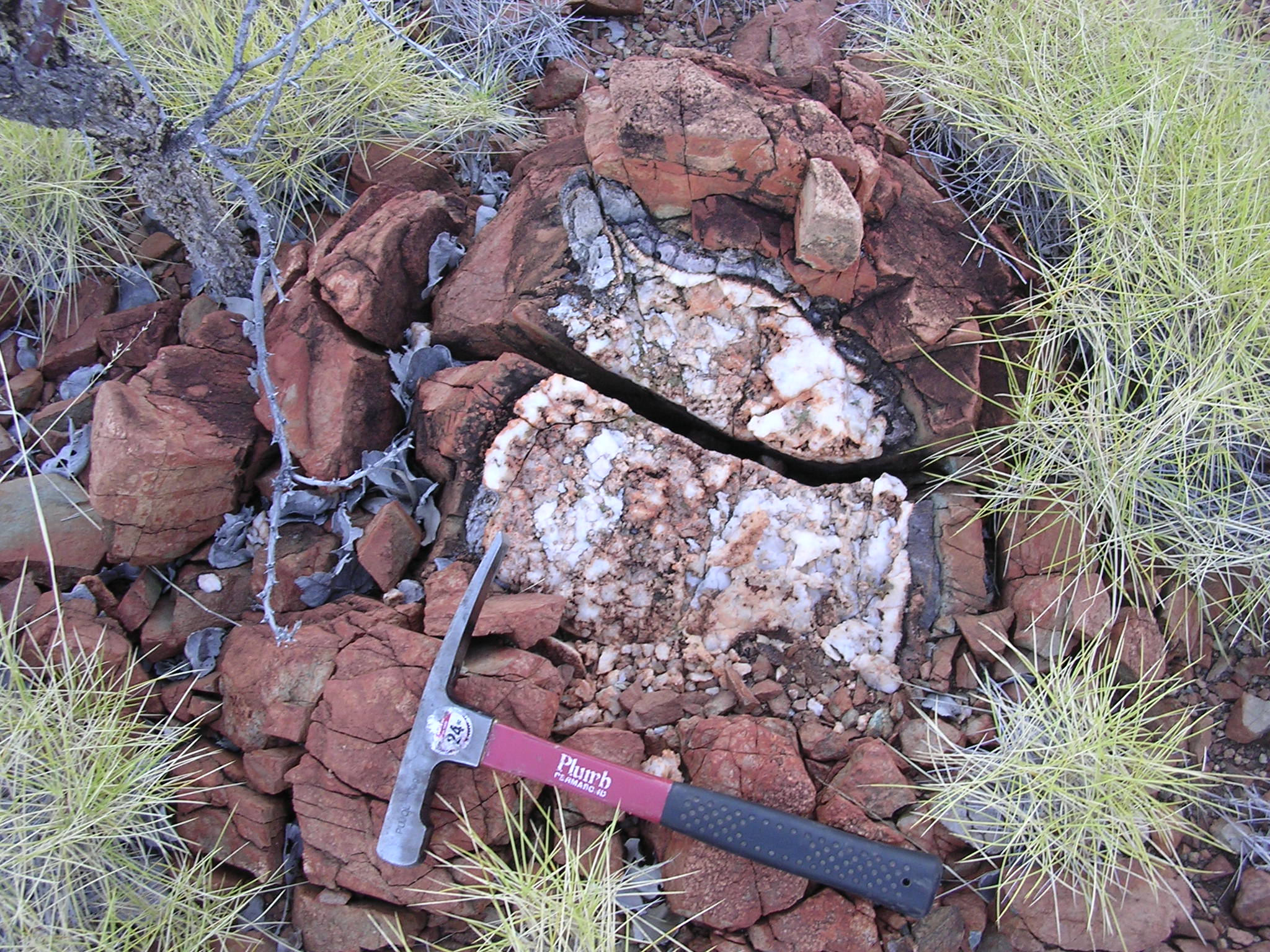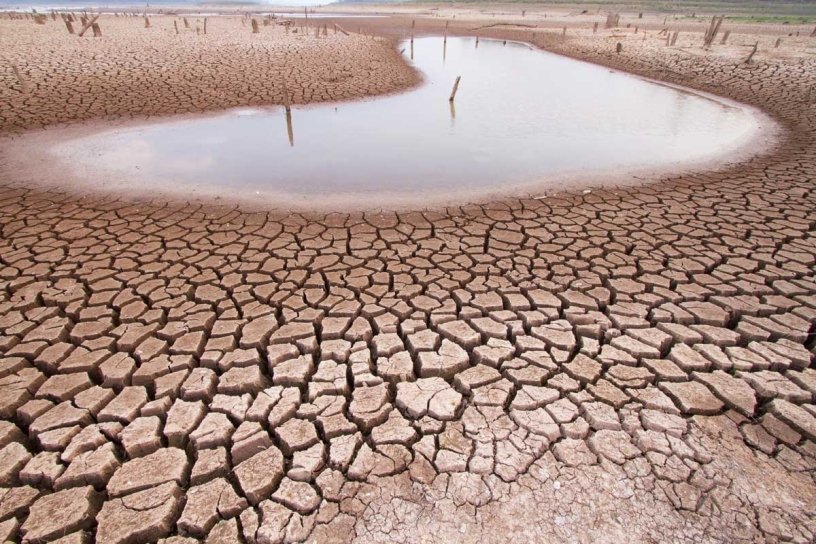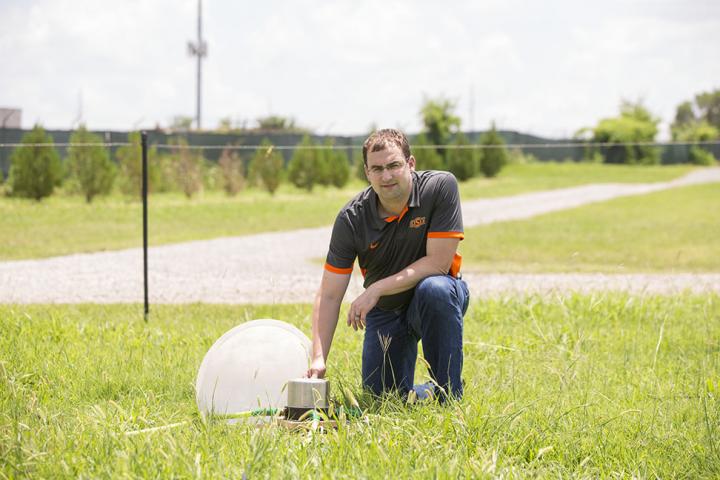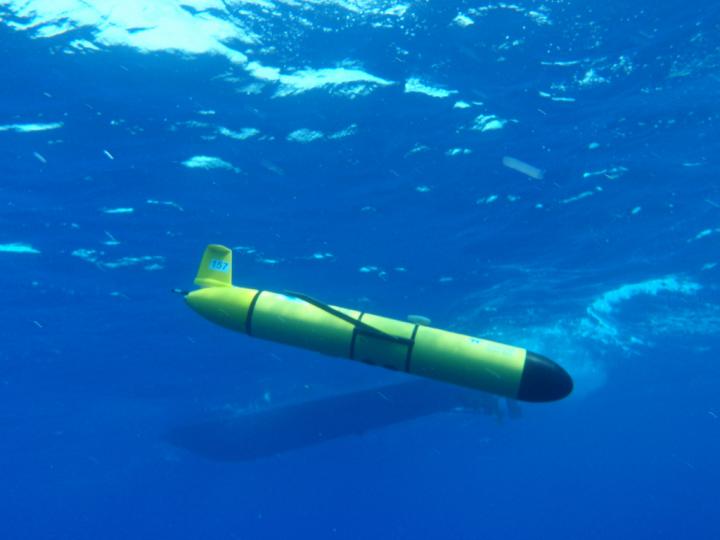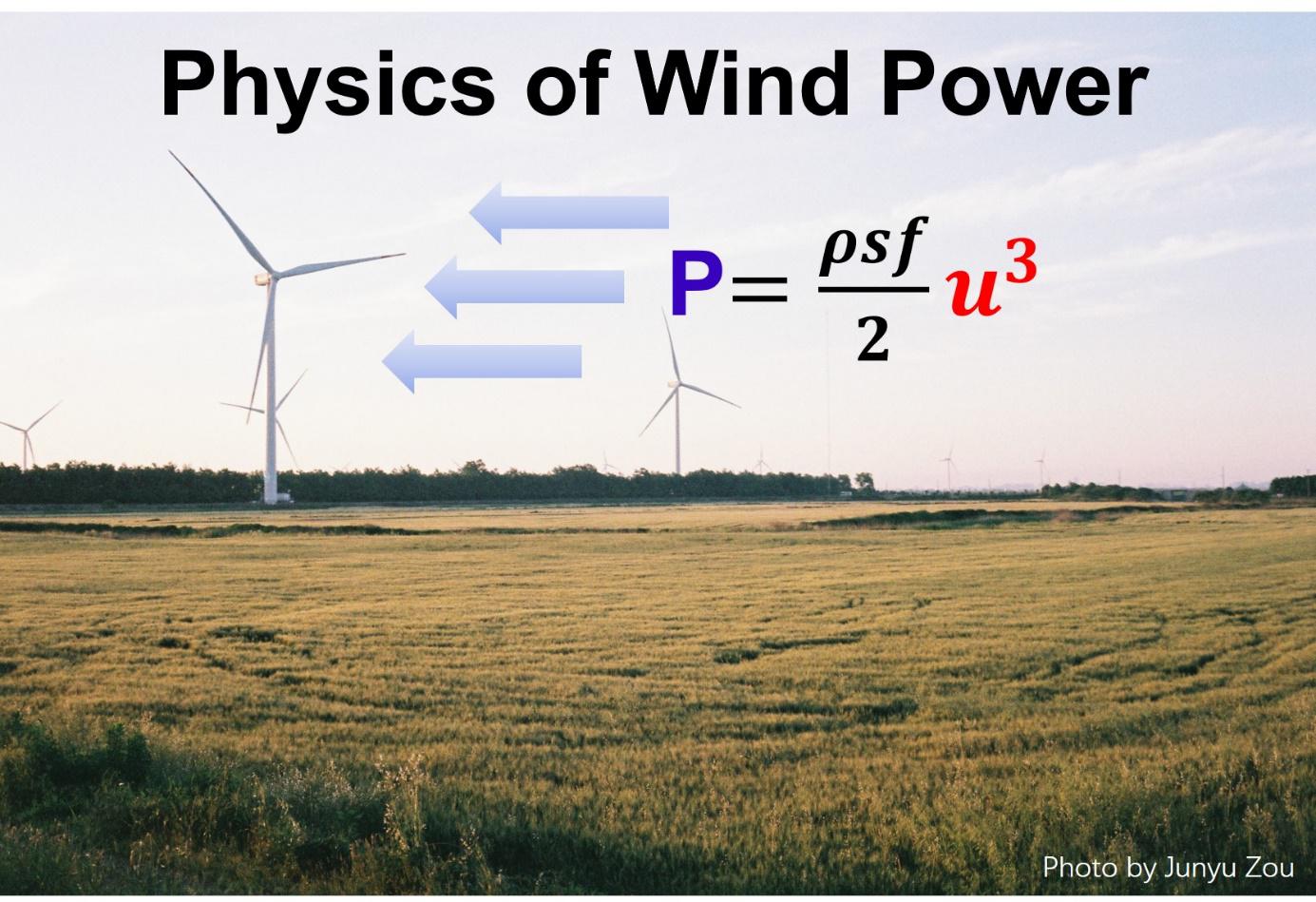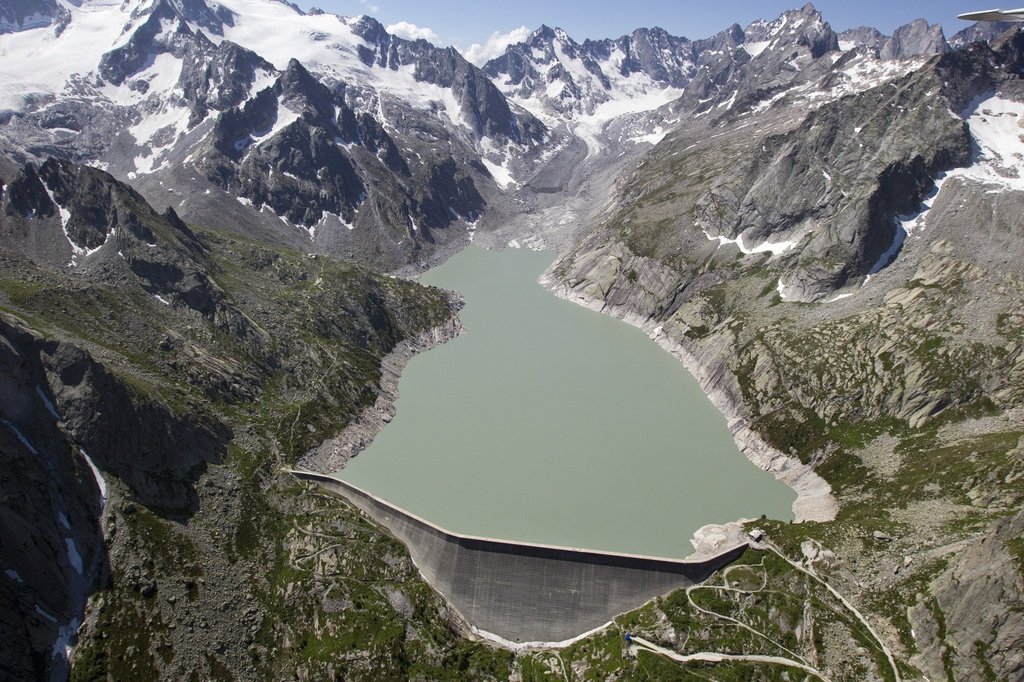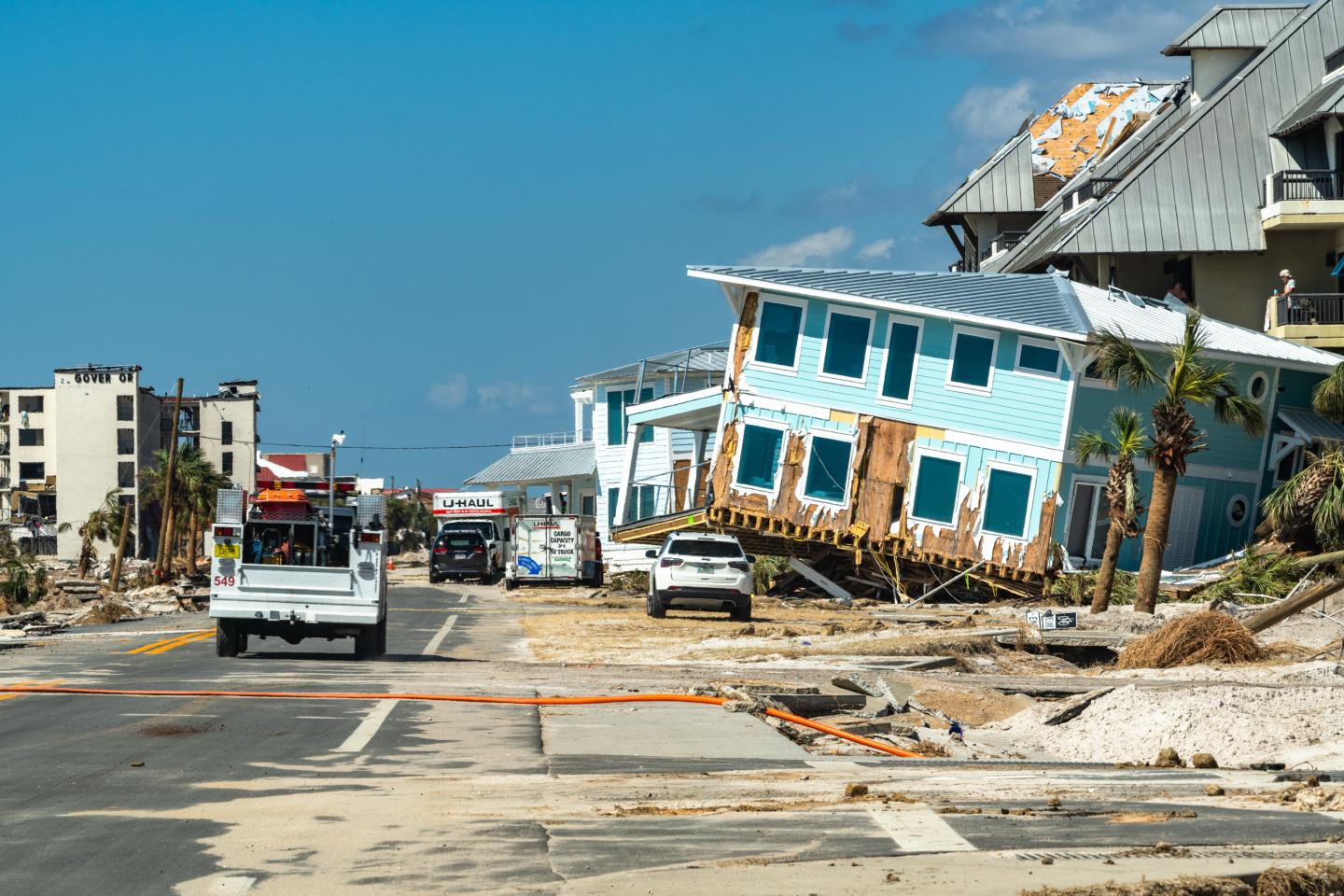Geochemical evidence for high volatile fluxes from the mantle at the end of the Archaean
Gas and volatiles (water, carbon dioxide, halogens, nitrogen, noble gases etc.) locked away deep within the Earth are released to the atmosphere during volcanic eruptions. The build up of these gases over geological timescales has been crucial in forming and maintaining the Earth’s atmosphere and oceans, both of which have been crucial for the development … Read more
